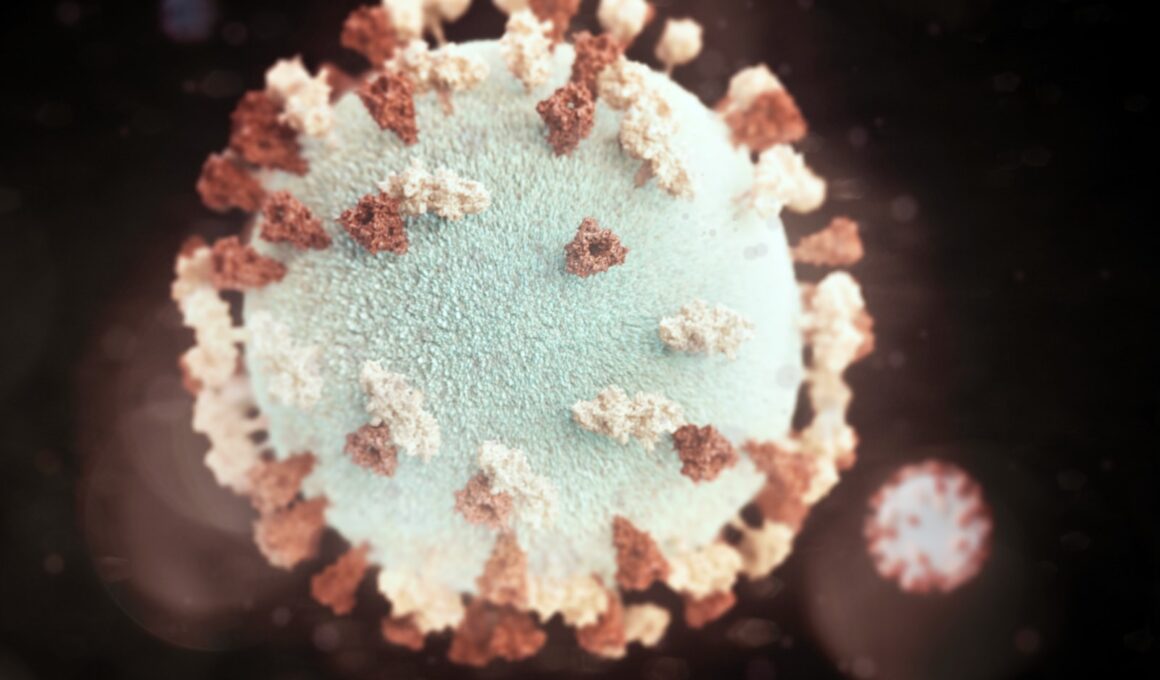Yeast infections (also known as candidiasis) aren’t sexually transmitted diseases (STIs). However, having sex, especially penetrative sex, can upset the normal bacterial environment that prevents yeast overgrowth.
Yeast infections can be spread through oral and vaginal sex, and penetration with the fingers or a sex toy. Yeast infections can also be passed to infants as thrush.
Symptoms
Most women will get yeast infections at least once in their lives. They’re not a sexually transmitted infection (STI), but they can be embarrassing and uncomfortable. Yeast infections occur when candida, a fungus, grows out of control in the vagina. You might have a thick, cottage cheese-like discharge; red or swollen vagina and vulva; painful or burning when you pee; small cuts in the skin in your genital area; or itching in the outer vulva. Yeast infections can also cause thrush in the mouth, which is a painful, sour, or acidic tasting sore in the throat.
Yeast infections can be caused by many things, including antibiotics, menstrual periods, changes in hormones, and diabetes. Antifungal medicines usually take care of yeast infections, but if they don’t work or you have a weakened immune system, you might need a more extensive treatment.
You can help prevent a yeast infection after sex by keeping your genitals clean, particularly right after sexual activity. Yeast infections thrive in warm, dark, moist areas and can throw off the balance of bacteria in your vulva. Using barrier methods, such as condoms, during sex can also protect you from a yeast infection. Yeast infections can be easy to treat with over-the-counter ointments and creams, or with an oral antifungal pill. You can also ask your doctor about boric acid, which is an antifungal and antiseptic, and comes in a suppository form.
Treatment
The good news is that yeast infections are easy to treat with over-the-counter medication. A few days of antifungal pills, ointments or suppositories usually helps symptoms like itching and burning. But it’s important to use these treatments correctly, especially if you and your sex partner are both using condoms or diaphragms for sexual protection, because antifungal drugs can weaken latex.
For recurrent or more severe infections, your doctor may recommend a longer course of treatment. These can include oral medications like fluconazole (Diflucan) and alternative treatments, such as boric acid or nystatin, which you apply to the vulva or vagina.
Some home remedies have also garnered attention as potential treatment options for yeast infections, including essential oils and vaginal suppositories. But before trying any of these, talk to your healthcare provider first, so they can confirm that your symptoms are from a yeast infection and not from another condition, such as urinary tract infections or bacterial vaginosis, which have similar symptoms.
Prevention
Vaginal yeast infections (also known as candidiasis) affect 3 out of 4 women. The infections cause itching, irritation, and discharge in the vulva. Yeast is a type of fungus that usually lives in the vagina, but can overgrow when the balance of bacteria and fungus changes. The most common causes of this change include antibiotics, hormonal changes (like the menstrual cycle or pregnancy), use of birth control pills or hormone replacement therapy, and diabetes. Douching can also disrupt the healthy population of bacteria and allow yeast to overgrow.
Yeast infections can pass from person to person during unprotected penetrative sex — but only if the partner has a yeast infection on his or her penis as well. Some topical treatments for yeast infections may break down latex condoms or diaphragms, so people using these types of barrier methods should have a backup method of protection.
Most people with a yeast infection can treat it at home with over-the-counter antifungal medications such as Lotrimin or Monistat. These come in the forms of tablets, ointments, and creams. Yeast infections can also be prevented with good hygiene, including washing with a mild soap and changing cotton underwear frequently. In some cases, a doctor might recommend a longer course of antifungal medication to help prevent recurring infections. The doctor will examine the external genitals and may insert an instrument called a speculum to get a closer look at the vulva. A sample of vaginal secretions might be sent to a laboratory to confirm the presence of candida.
Questions to Ask Your Doctor
Yeast infections are very common and are not considered a sexually transmitted disease. They are caused by a fungus called Candida that normally lives in small numbers in the vagina. But when something disrupts the natural balance of bacteria and yeast, like antibiotics or high estrogen levels from pregnancy or hormone therapy, it can lead to an overgrowth of the fungus.
Most people get a yeast infection at some point in their life. Yeast infections are usually harmless, but they can be painful. You may want to ask your doctor about the best way to treat a yeast infection.
You may be asked to use an antifungal suppository or cream that you put in your vagina for three to seven nights. Many of these products are available without a prescription, but your doctor can also prescribe a pill, such as fluconazole (Diflucan).
It’s important to follow the instructions for using the medicine to make sure that you get the full benefit. Yeast infections that are not treated can come back again and again, so it’s important to finish the entire course of medication even after you feel better.
You can have sex during treatment for a yeast infection, but it is important to talk to your partner about it. It is possible to pass the fungus from your mouth to the vulva during oral sex, and it’s possible for unprotected penetrative sex to spread the yeast to the penis.









